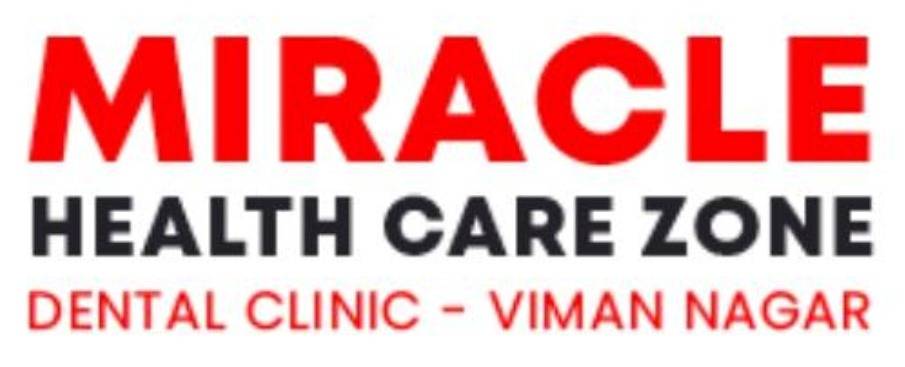1. What Are Wisdom Teeth?
- Definition:
- Wisdom teeth, also known as third molars, are the last set of teeth to emerge in the oral cavity.
- Age of Appearance:
- Typically appear between the ages of 17 and 25.
- Located at the very back of the mouth, behind the existing molars.
- Evolutionary Background:
- Ancestors relied on these teeth to chew tough and raw foods.
- Modern diets, softer food, and utensils have made wisdom teeth less necessary.
2. Variation in Wisdom Teeth
- Number of Teeth:
- Some people develop all four wisdom teeth.
- Others may have fewer or none at all, which is a normal variation in human anatomy.
3. Potential Benefits of Wisdom Teeth
- When properly aligned, they can:
- Support chewing and maintain overall dental functionality.
- Serve as a valuable asset if other molars are missing or damaged.
4. Common Problems with Wisdom Teeth
- Misalignment:
- Wisdom teeth often grow crooked or in the wrong direction.
- Can lead to crowding of adjacent teeth or misalignment of the jaw.
- Impaction:
- Occurs when wisdom teeth fail to fully emerge.
- Can cause swelling, pain, and even cysts.
- Partially Erupted Wisdom Teeth:
- Creates openings in the gum where bacteria can enter.
- Increases the risk of infection or tooth decay.
- Difficulty Cleaning:
- Their location at the back of the mouth makes them hard to clean.
- Leads to a buildup of plaque, increasing the risk of cavities or gum disease.
5. Why Is Wisdom Tooth Removal Often Recommended?
- Prevents crowding and damage to adjacent teeth.
- Reduces the risk of infection from partially erupted or impacted teeth.
- Avoids long-term complications like jaw pain, cyst formation, or bone damage.
6. Key Takeaways
- Not everyone needs their wisdom teeth removed.
- Regular dental check-ups help identify potential issues with wisdom teeth early.
- If they are causing problems, removal is a preventive step to ensure oral health.


